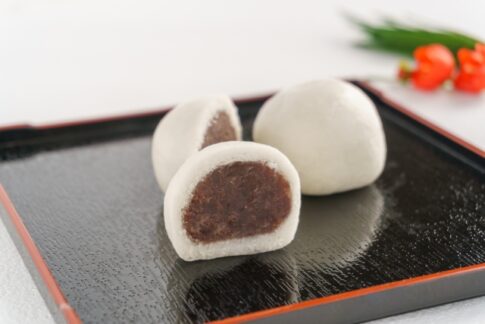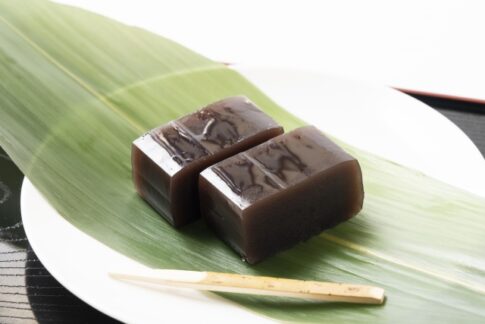Niboshi, which originated in Japan, is a traditional Japanese food culture and has long been loved by the Japanese people.
Nowadays, niboshi is often found in Japanese restaurants overseas as well, and its delicious taste is spreading throughout the world.
In this issue, we will introduce Japanese niboshi in detail.
Contents
What is Niboshi?
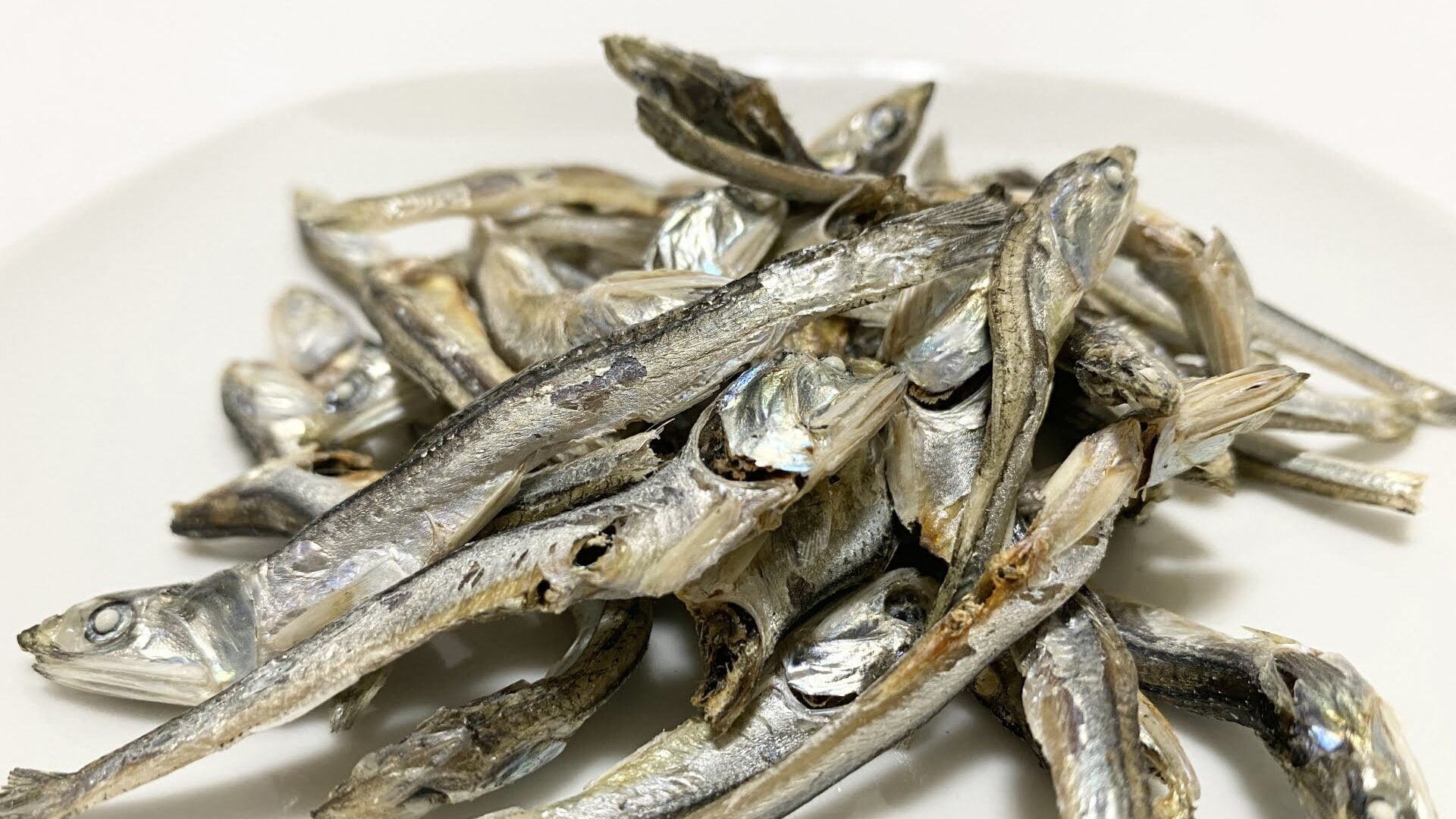
Niboshi is a type of dried fish in Japan, made by drying bluefish such as sardines, herring, and mackerel.
The taste and flavor varies depending on how it is dried, and there are variations such as sweet, dry, soy sauce, and salt flavored.
Attractiveness of Niboshi
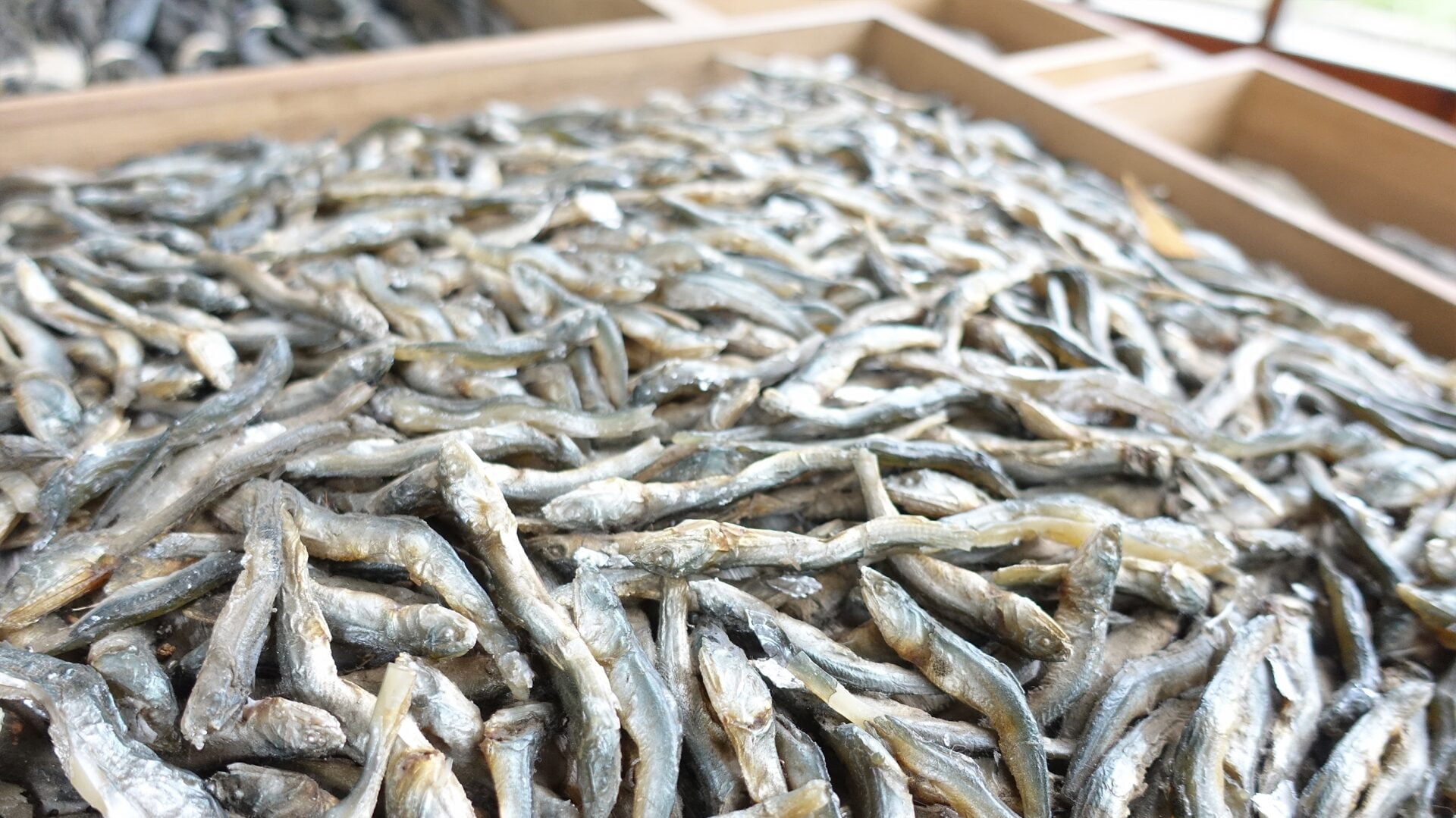
The appeal of niboshi lies in its taste and nutritional value. Niboshi is characterized by its rich and deep flavor due to the concentrated flavor of bluefish.
It is also moderately salty because salt is added during the drying process. This flavor gives Japanese people a sense of nostalgia and comfort.
Another aspect of niboshi is its high nutritional value. Blue fish contains high levels of unsaturated fatty acids such as EPA and DHA, which help to thin the blood and improve health.
It also contains calcium and vitamin D, which help maintain healthy bones and teeth.
Culture of Eating Niboshi
Niboshi has taken root in traditional Japanese food culture.
Preserved foods such as dried and pickled fish have long been important in Japan. This is due to the fact that Japan is surrounded by mountains and has a thriving agricultural industry, which necessitated a way to preserve food.
Therefore, pickles and dried foods had a long shelf life and were indispensable during times of food shortages.
Today, with the abundance of food available, their role as preservative food has diminished, but niboshi is still enjoyed by many people for its delicious taste.
In particular, the Japanese food boom that has spread to countries around the world has brought attention to niboshi and other traditional Japanese foods.
How to eat Niboshi
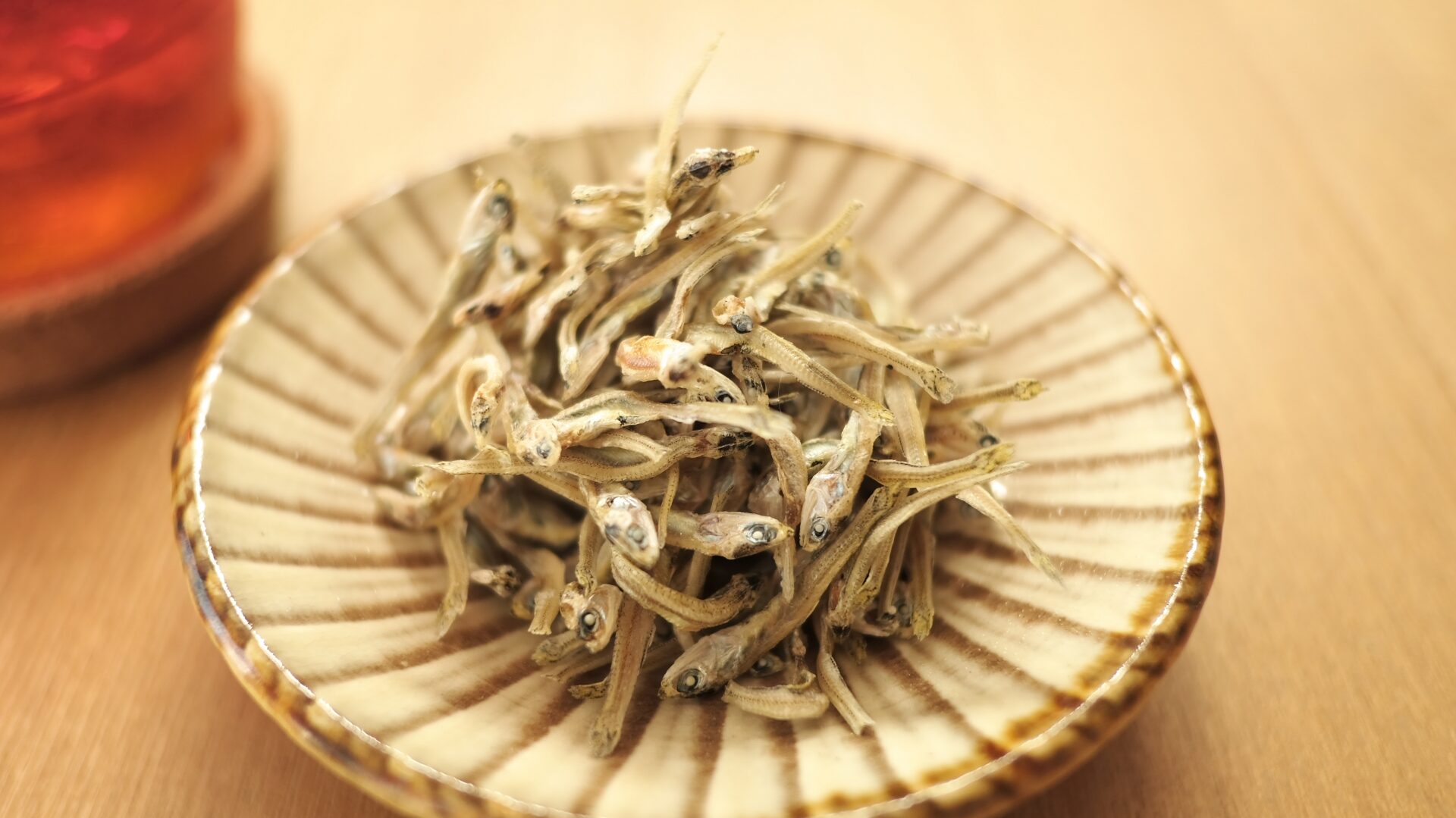
Niboshi is mainly eaten as a side dish with rice because of its strong flavor. It is used in a variety of dishes, such as on rice, as onigiri (rice balls), and in soups with dashi (Japanese soup stock).
Niboshi is also popular as a snack for sake, and its taste is enhanced when eaten with beer or sake.
Because of its unique flavor, niboshi may be hard to get used to for those who have never tasted it before. However, once tasted, many people become addicted to its unique aroma and flavor.
Niboshi in the World

Japanese food is popular all over the world, and among them, niboshi is loved by people overseas because it is easy to eat.
Many Japanese restaurants have dishes using niboshi on their menus, and since it is easily available in supermarkets, it can be easily enjoyed at home.
Evolution of Niboshi Culture
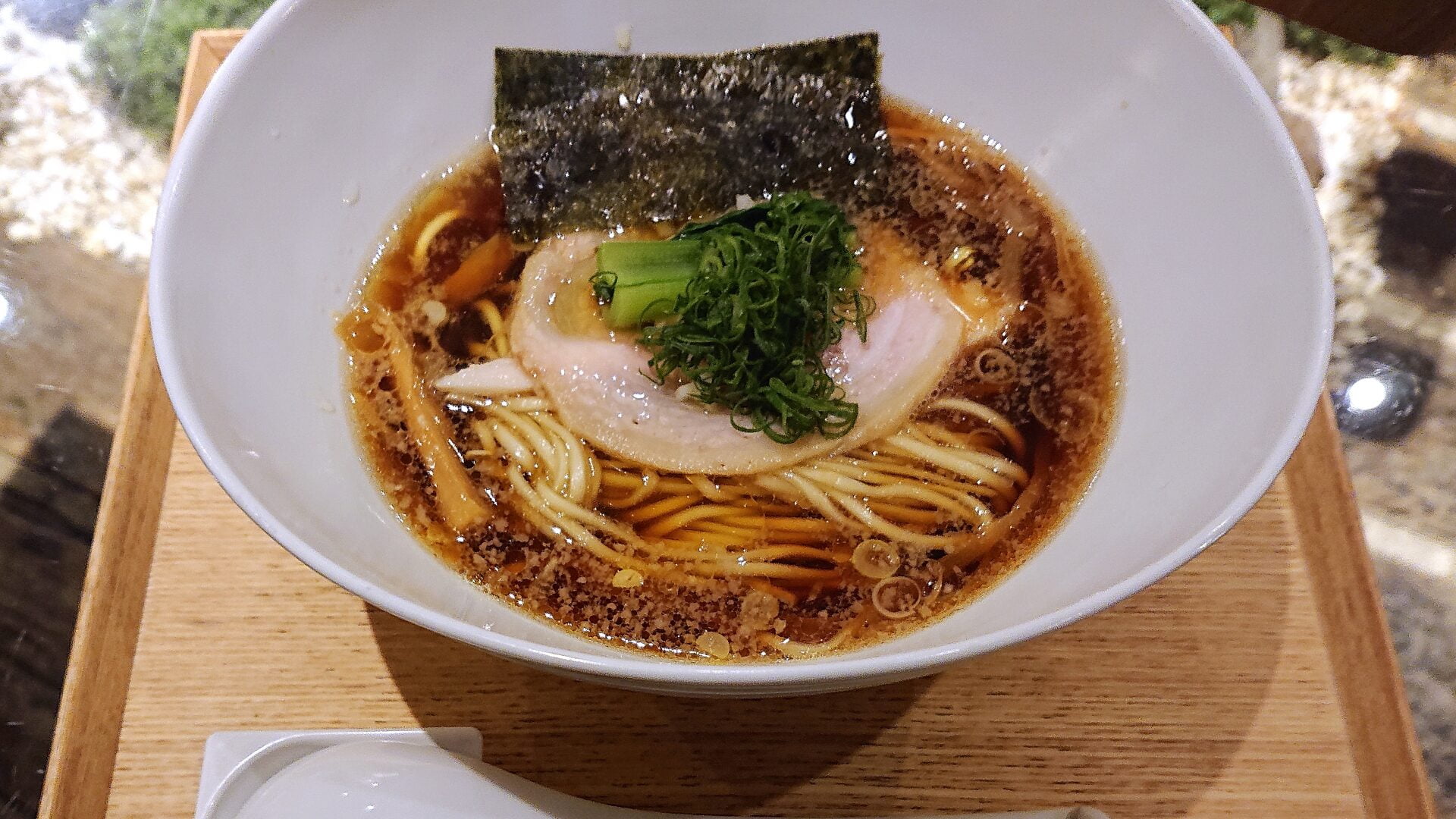
In addition, new dishes using niboshi are being created one after another, showing the evolution of Japanese food culture.
For example, pasta, pizza, soups, and other dishes made with niboshi are being incorporated into a variety of dishes other than traditional Japanese cuisine.
Therefore, niboshi is attracting attention not only as a Japanese food, but also as a fusion of Japanese and international food culture.
Conclusion
Niboshi is one of the traditional Japanese foods with excellent taste and nutritional value. Niboshi has long been considered important as a preserved food, and even today it is enjoyed by many people and has spread throughout the world.
The Japanese food boom has brought attention to niboshi and other traditional Japanese foods, and they are now being integrated into the world’s food culture.
Try your hand at cooking with niboshi and you will discover the depth and charm of Japan’s food culture.
Comments of the writer
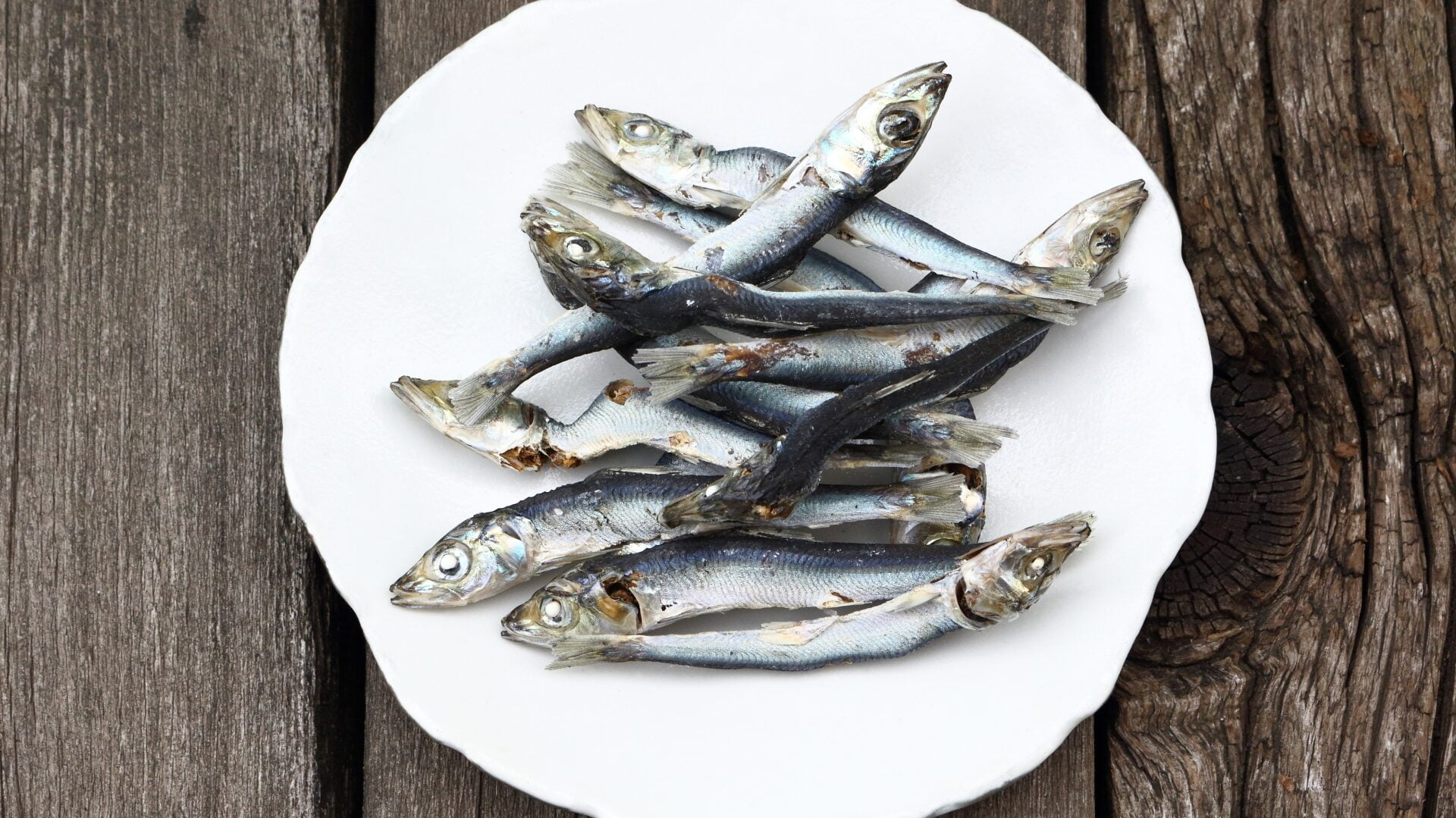
Finally, I would like to ask you a question.
Have you ever eaten niboshi? Do you know any dishes using niboshi? Would you like to try niboshi when you come to Japan?”
Niboshi has many attractive points such as its nutritional value, taste, and preservation. Why don’t you try niboshi and enjoy Japanese food culture?






